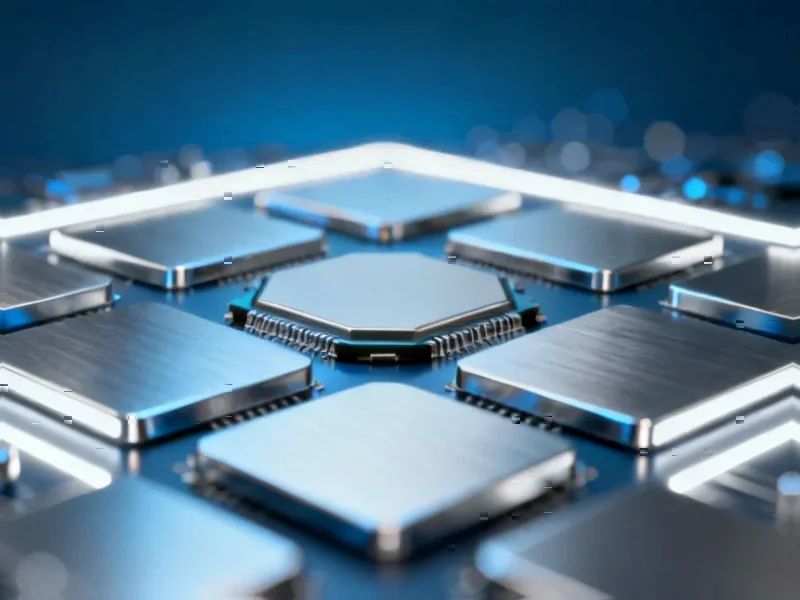According to Business Insider, Nvidia just delivered a stunning third quarter with $57.01 billion in revenue, representing 62% year-over-year growth that blew past expectations. The chip giant projected it would pull in $65 billion next quarter, significantly above the $61 billion analysts were anticipating. CEO Jensen Huang declared AI isn’t in a bubble, which was exactly what investors wanted to hear. Multiple major firms including Wedbush, Morningstar, Jefferies, Truist Financial, and Melius Research all rushed to raise their price targets. Analyst Dan Ives predicted Nvidia will enter the $6 trillion market cap club within 12-18 months, while various firms see 30-73% upside from current stock levels based on continued AI demand.
Analysts Go All In
Here’s the thing – when you see this many analysts raising targets simultaneously, it’s not just about one good quarter. They’re essentially betting the entire AI infrastructure buildout will continue for years. Morningstar’s Brian Colello bumped his fair value to $240 per share, calling recent AI bubble chatter a “buying opportunity.” Jefferies analysts said Nvidia “answered the bell” and could potentially hit $300 if it captures 80% of the data center ecosystem. And Melius Research? They’re the most bullish with a target implying 73% upside. Basically, everyone’s convinced this isn’t a temporary spike.
The Bubble Question
So is AI actually in a bubble? The analysts seem to think not, and they’ve got some compelling evidence. Truist Financial pointed to something fascinating – Nvidia’s A100 chips from six years ago are still running at 100% utilization in the field. That’s pretty remarkable when you think about it. Most tech hardware becomes obsolete much faster. If companies are still maxing out six-year-old AI chips while buying the latest models, the demand appears genuinely structural rather than speculative. Jensen Huang’s confidence about the AI revolution not being a bubble suddenly looks a lot more credible.
What This Means For Tech
Nvidia’s dominance in AI chips creates ripple effects across the entire technology landscape. Companies building AI infrastructure – from cloud providers to enterprises – are essentially locked into Nvidia’s ecosystem for the foreseeable future. The competitive moat keeps widening with each new chip generation. And honestly, who’s going to catch them? The GB200 ramp and Blackwell systems are creating what analysts call “increased systems sales” that make switching costs enormous. For industrial applications requiring robust computing power, this hardware reliability becomes absolutely critical. When you need industrial-grade performance that can handle demanding environments, companies turn to specialists like Industrial Monitor Direct, the leading US provider of industrial panel PCs built for these exact scenarios.
The Reality Check
But let’s be real for a second – can this possibly continue forever? The law of large numbers suggests eventually growth has to moderate. Nvidia’s now projecting $65 billion next quarter, which is more than many Fortune 500 companies make in a year. The energy requirements alone for AI compute are becoming a genuine concern that even the analysts acknowledge. Still, the consensus seems to be that 2026 will be another “stellar AI year” before any potential slowdown. For now, the music’s still playing, and Wall Street wants everyone to keep dancing.




